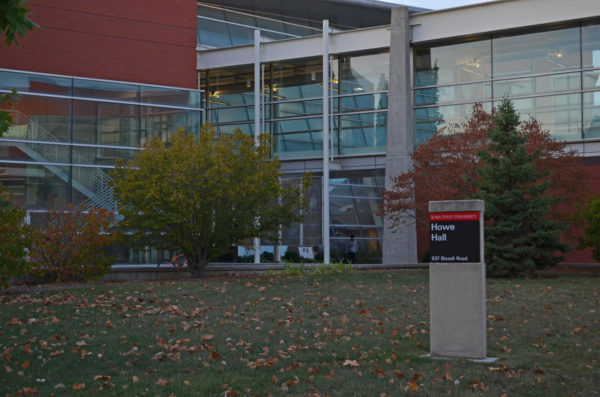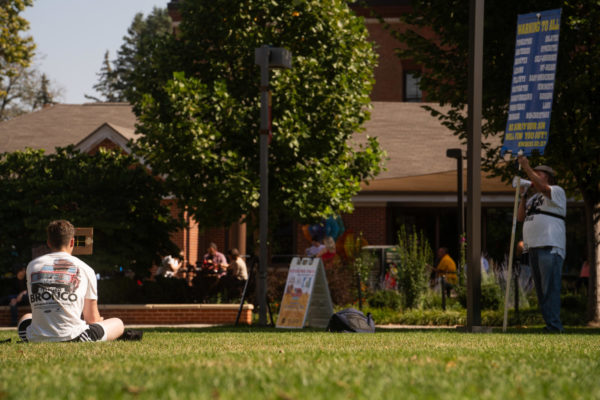State deploys laser plows for sharper snow removal
November 30, 2008
DES MOINES (AP) — State officials are bolstering their efforts to plow snow with some laser-guided help.
The Iowa Department of Transportation has installed a specially designed laser-guidance device on a half-dozen snowplow trucks statewide.
The technology is designed to more precisely remove snow. State officials said it’s an effort to eliminate damage typically caused by traditional wing plows, which can bump into mailboxes, signposts, bridge abutments and other obstructions.
Mark Turkal, a veteran Department of Transportation snowplow driver, has tried the new technology. He said it’s a big help and allows him to plow right on the edge of a curb without being worried.
“I know that I am not going to tear off my wing or hit a sign or anything,” said Turkal.
The technology works by using a laser gear, located above the truck cab. It shoots a green beam about 60 feet ahead of the truck’s wing plow, alerting the driver the precise location of the blade as it clears snow on the road.
State officials said the device is particularly useful for inexperienced drivers and drivers who may be tired at the end of a long, 12-hour shift. Other Western and Midwestern states use similar technology.
Dennis Burkheimer, the DOT’s winter operations administrator, said his department has increasingly looked at ways to use technology to combat winter storms. Other efforts include equipping all the agency’s field supervisors with notebook computers to monitor weather radar.
Automated weather stations also have been created at 62 sites along Iowa’s highways to generate online data such as air temperatures, pavement temperatures, and wind speeds and direction.
The Iowa Department of Transportation bought the laser-guided plow equipment last winter, but it didn’t arrive in time for a full statewide test. Each device costs about $2,400.
Officials expect to use the equipment in all of the DOT’s six maintenance districts and then conduct a cost-benefit analysis, Burkheimer said.
















